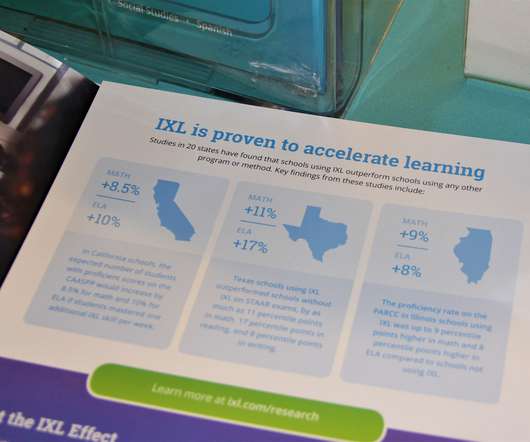5 Tips for Improving Your Organization’s Microlearning
Edsurge
NOVEMBER 11, 2020
While vendors and e-learning service providers promote microlearning as an off-the-shelf solution to be used like a genie’s lamp to solve all the learning and development issues in your organization, they fail to understand that microlearning is not a technological solution—it is a learning strategy. Would anyone understand it?
















Let's personalize your content